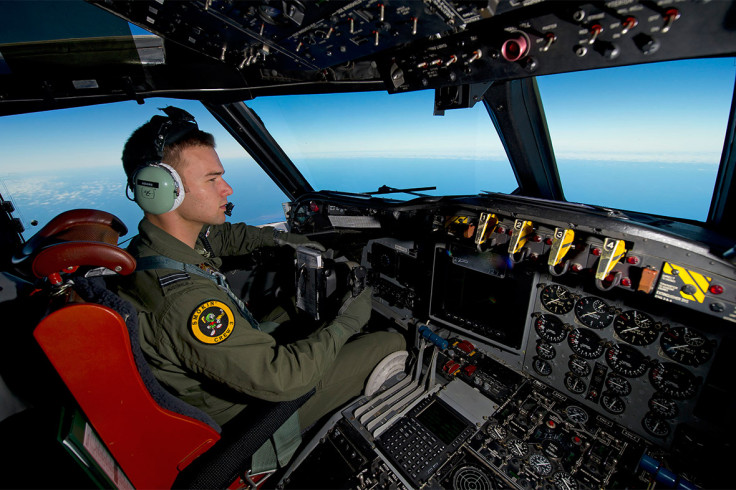Malaysia Airlines Flight MH 370: Chinese Plane Spots Objects in Indian Ocean

Two "relatively big" floating objects and several smaller white ones dispersed over several miles were sighted by the crew of the plane combing the southern Indian Ocean off the coast of Australia, about 1,550 miles southwest of Perth.
According to Xinhua news agency, the Chinese plane broadcast the coordinates of the debris quite distinctly - 95.1113° east and 42.5453°south – to the Australian Maritime Safety Authority (AMSA) and to search ships in the area, which include the icebreaker Xuelong or Snow Dragon.
The report comes after an Australian crew announced earlier that they had spotted a floating wooden cargo pallet and strapping belts in the same area, Reuters reports.
Satellite images released by China and France show more objects floating in the region where the search operations to find possible debris of the jet are on.
AMSA is also examining French radar images showing floating debris about 530 miles north of the present search area.
It is still not established if the debris seen by the Australian and Chinese planes is the same even though the Chinese satellite images show a cluster of objects floating around larger ones.
The object detected by the Chinese satellite is approximately 74 ft (22 metres) by 43 ft (13 metres), while the wing of a Boeing 777-200ER has similar dimensions of about 88 ft (27 metres) by 45 ft (14 metres).
Multinational search efforts
The southern Indian Ocean has become the new area of focus in the multinational effort to trace the missing plane.
The US navy is deploying its high-tech black box detector which can catch a black-box "ping" from a maximum depth of 20,000 ft (about 6,096 metres).
"If debris is found we will be able to respond as quickly as possible since the battery life of the black box's pinger is limited," Commander Chris Budde, US navy, said in an emailed statement to Reuters.
He said that the black box detector is attached behind a slow-moving ship to scan the surface of the ocean, and is basically a precautionary effort, which has to be carried out quickly as the battery of the black box has a maximum life of 30 days.
Countries participating in the search operations in the remote regions of the southern Indian Ocean include New Zealand and Japan, which too will operate routine scanner flights over the area in the coming days.
Even though a major part of the search operation is concentrated in the southern corridor below the equator, the 26 countries involved in the search are also scanning the northern arc.
"It's a lot of water to look for just perhaps a tiny object," Australian Deputy Prime Minister Warren Truss said on Australian Broadcasting Corp Radio.
© Copyright IBTimes 2024. All rights reserved.





